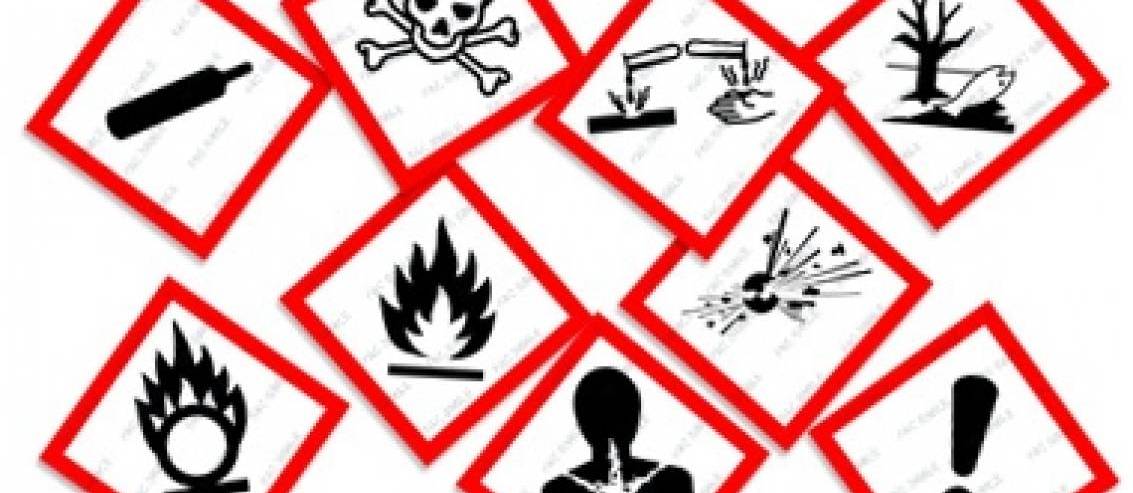Draft Version 1 of the Circular promulgating the list of occupations and jobs negatively affecting reproductive function and childbirth is being released for public comments and is expected to take effect from January 01, 2021.

Illustrative photo
This draft stipulates the list of occupations and jobs that negatively impact the reproductive functions of female workers, including:
- Directly melting and pouring molten metal in furnaces: Electric arc furnaces from 0.5 tons and above; Cupola furnaces (iron smelting); Converter furnaces (steel smelting); Blast furnaces;
- Rolling hot metal (except non-ferrous metals);
- Directly smelting non-ferrous metal ores (copper, lead, tin, mercury, zinc, silver);
- Operating coke furnaces;
- Welding in confined spaces, welding at heights over 10m above the working floor;
- Exploration drilling, explosive drilling, blasting;
- Chiselling stones on mountains;
- Installing offshore drilling rigs;
- Exploration drilling of oil and gas wells;
- Regular shift work on offshore rigs (except for medical-social services, accommodation services);
- Maintenance and repair of power lines in underground sewers or on exterior poles, high-voltage power lines, erecting high-voltage poles;
- ….
View the complete list of occupations and jobs that negatively impact the reproductive functions of female workers HERE.
For male workers, according to this draft, performing the following jobs will negatively affect reproductive functions:
- Regularly (from 04 hours in one day or more, over 3 days in one week) working in places with air temperatures of 40 degrees Celsius or higher in summer and 32 degrees Celsius or higher in winter.
- Direct exposure to closed and open radiation sources; working and direct exposure to radioactive substances in nuclear facilities; radioactive ore processing facilities; radioactive waste management and disposal facilities, and used radiation sources; working in ore exploitation facilities with radioactive intermediate products or waste above exemption levels; direct exposure to radiopharmaceuticals in nuclear medicine departments or healthcare facilities that use radiopharmaceuticals in treatment and diagnostics.
Note: Employers are only allowed to use workers for jobs included in the list attached to this draft when they have been informed about these regulations and have agreed before commencing work. Employers must also provide full information about the hazardous nature, risks, and requirements of the job for the workers to make a choice and ensure occupational safety and hygiene conditions for the workers as per current legal regulations when employing them in any of the jobs specified in the list.
Nguyen Trinh
 Article table of contents
Article table of contents





.Medium.png)
.Medium.png)
.Medium.png)
.Medium.png)
